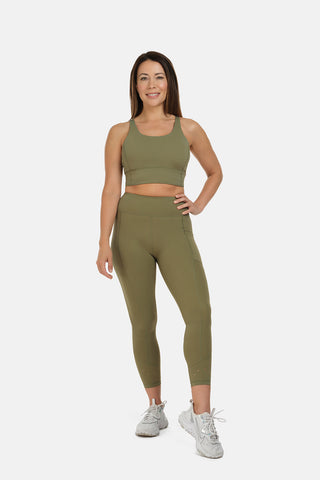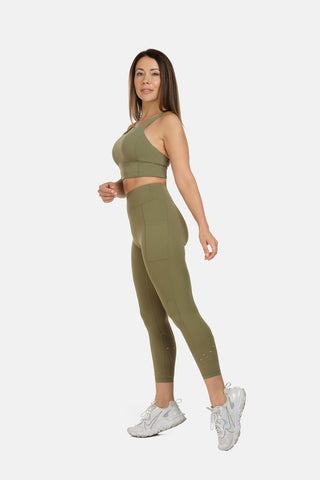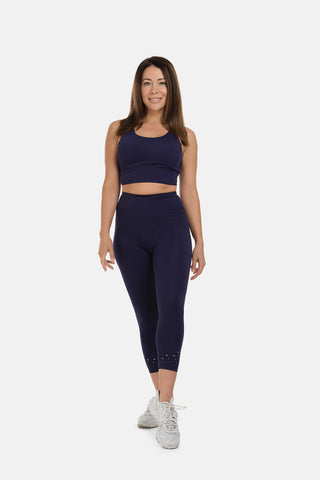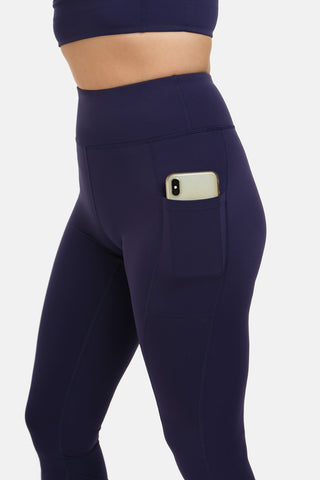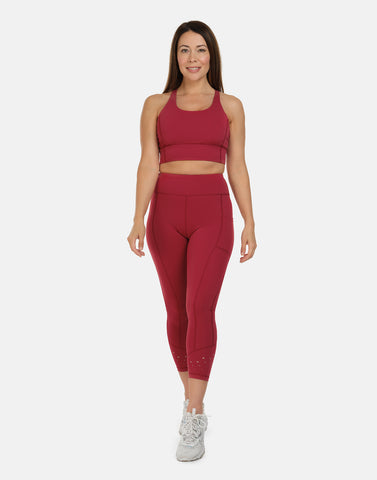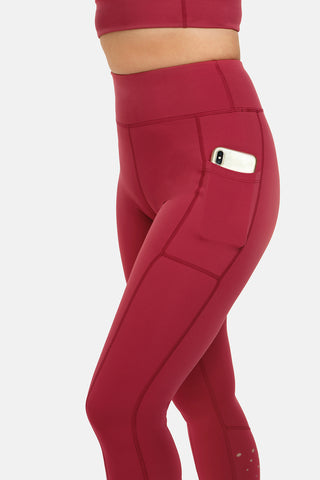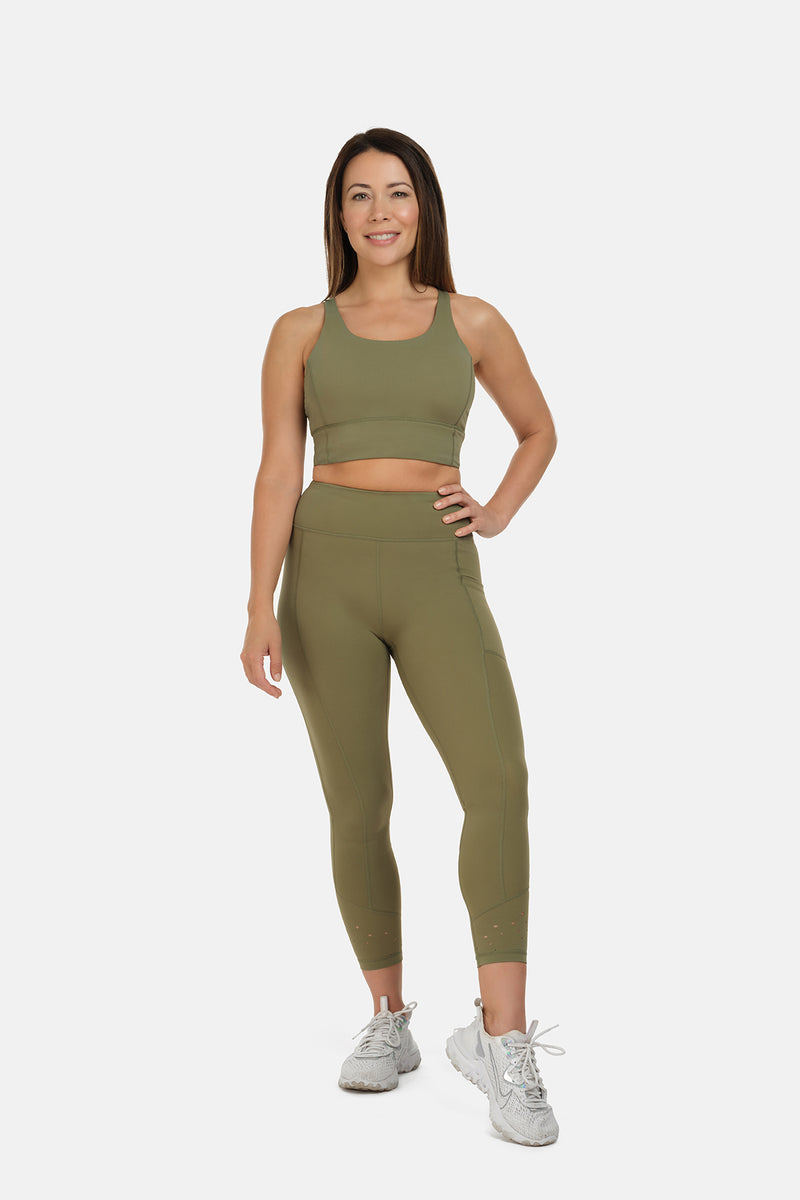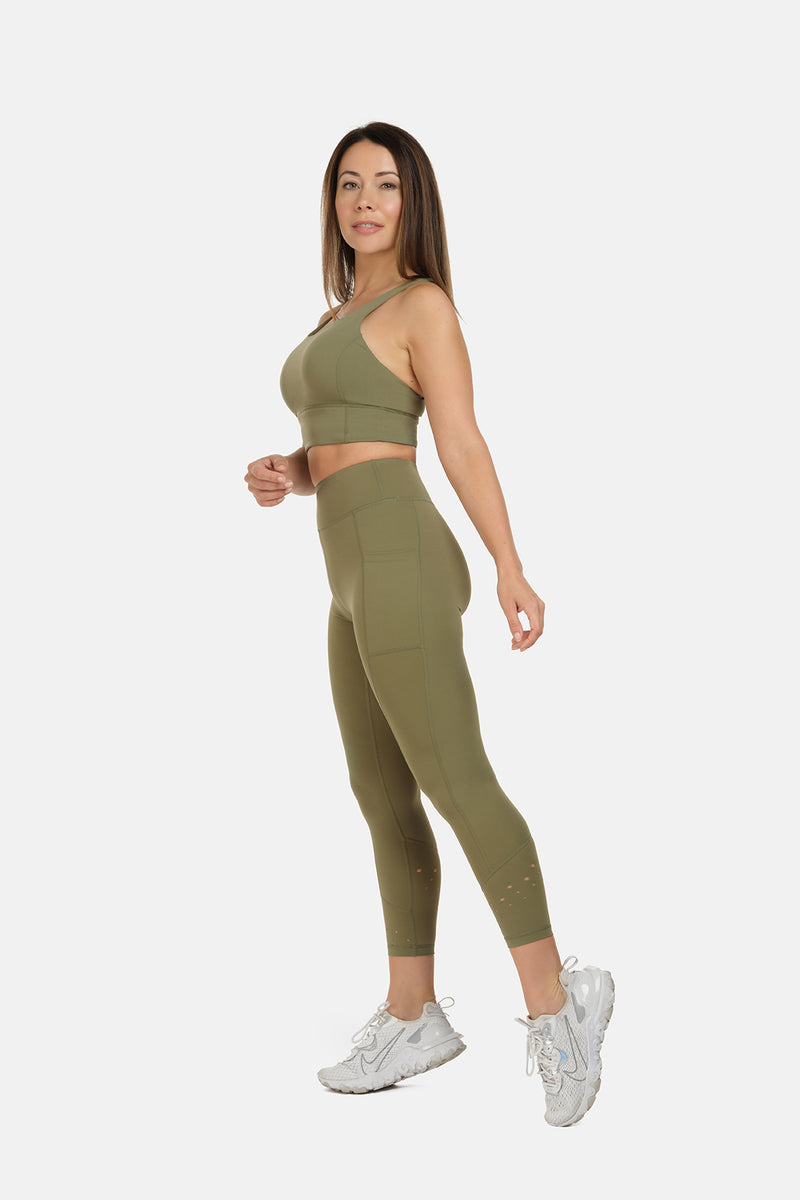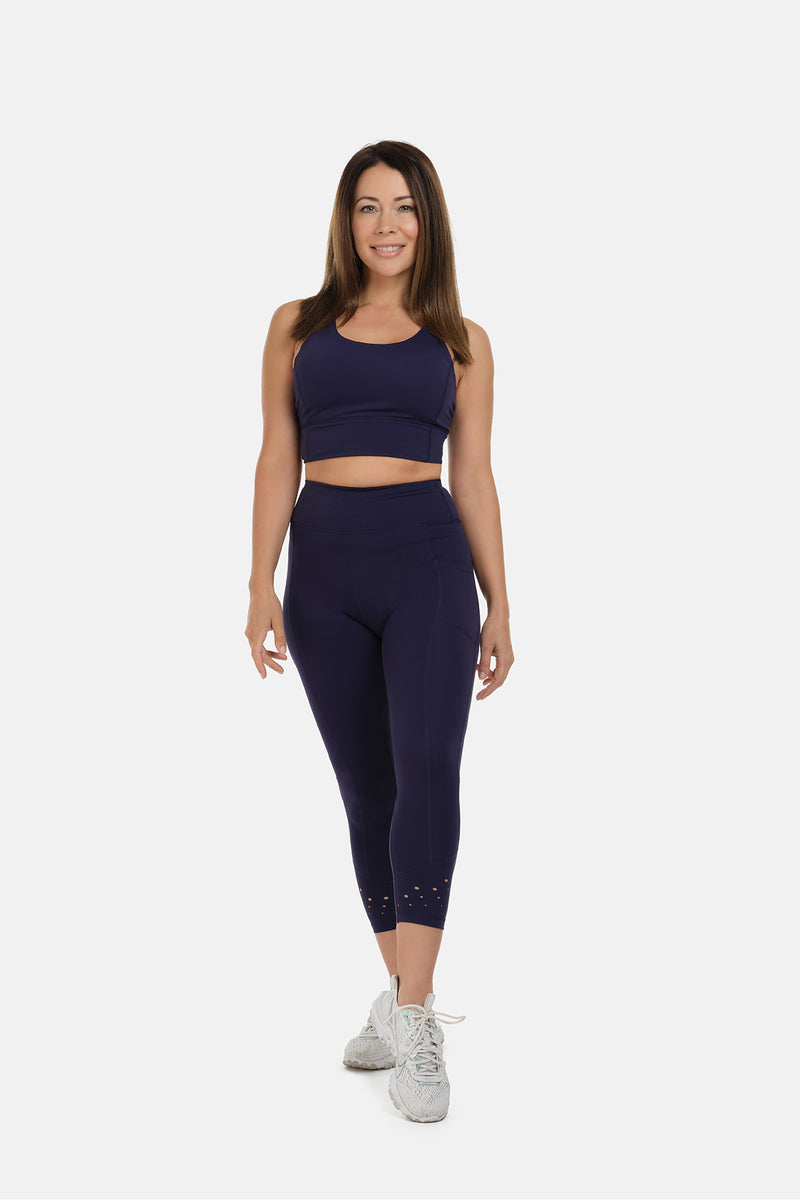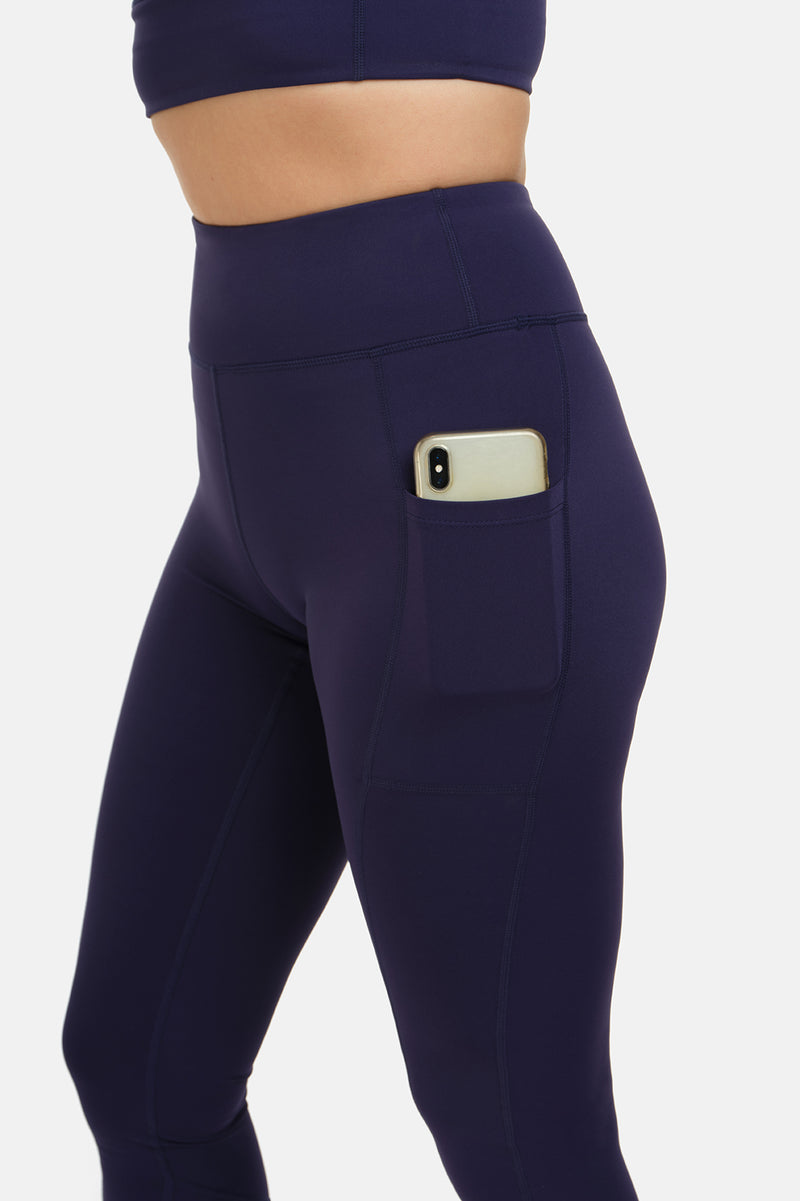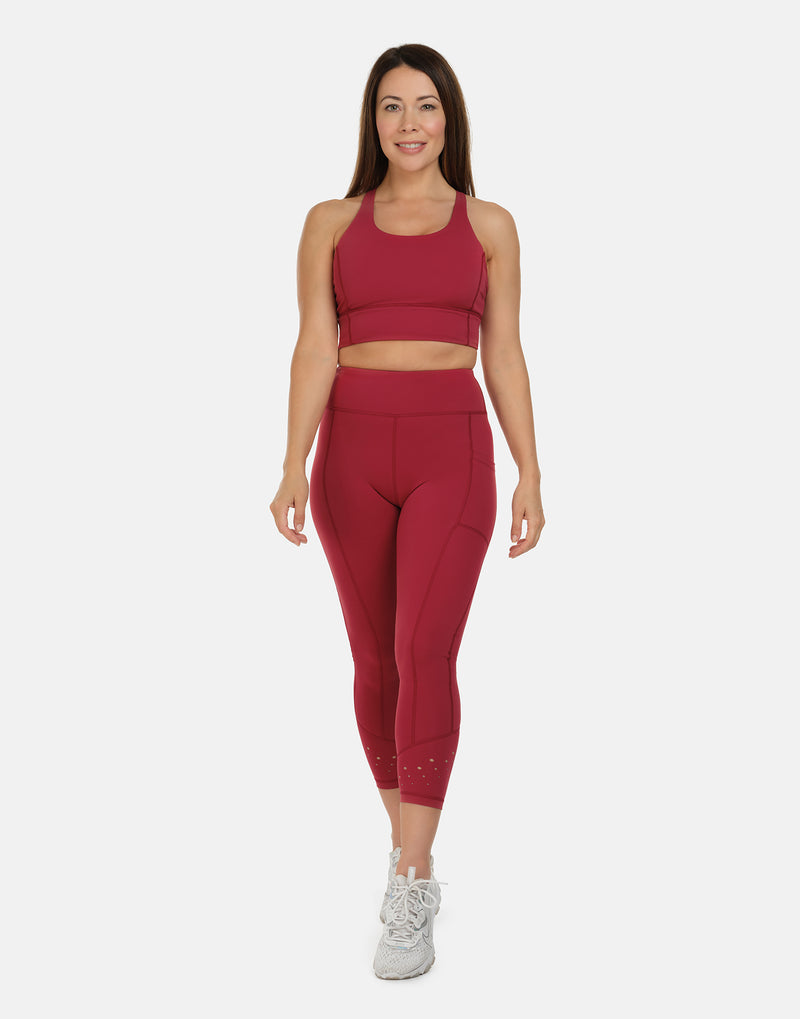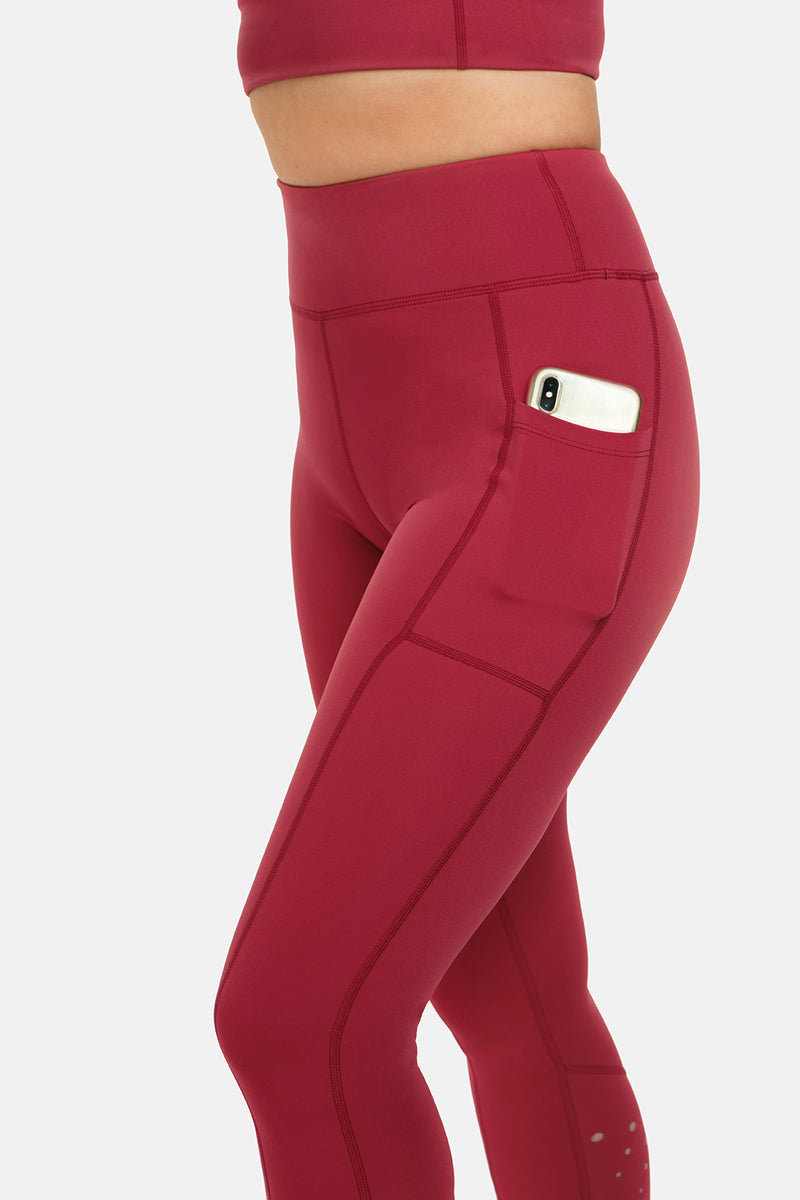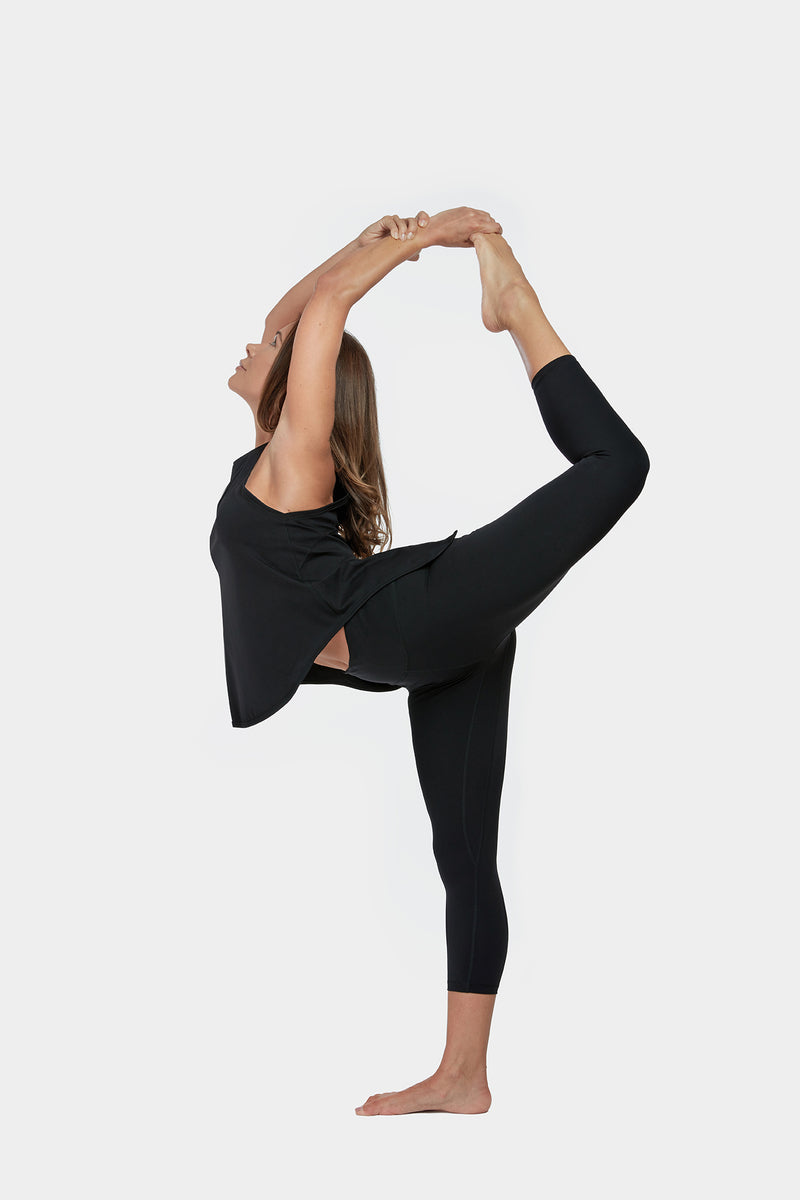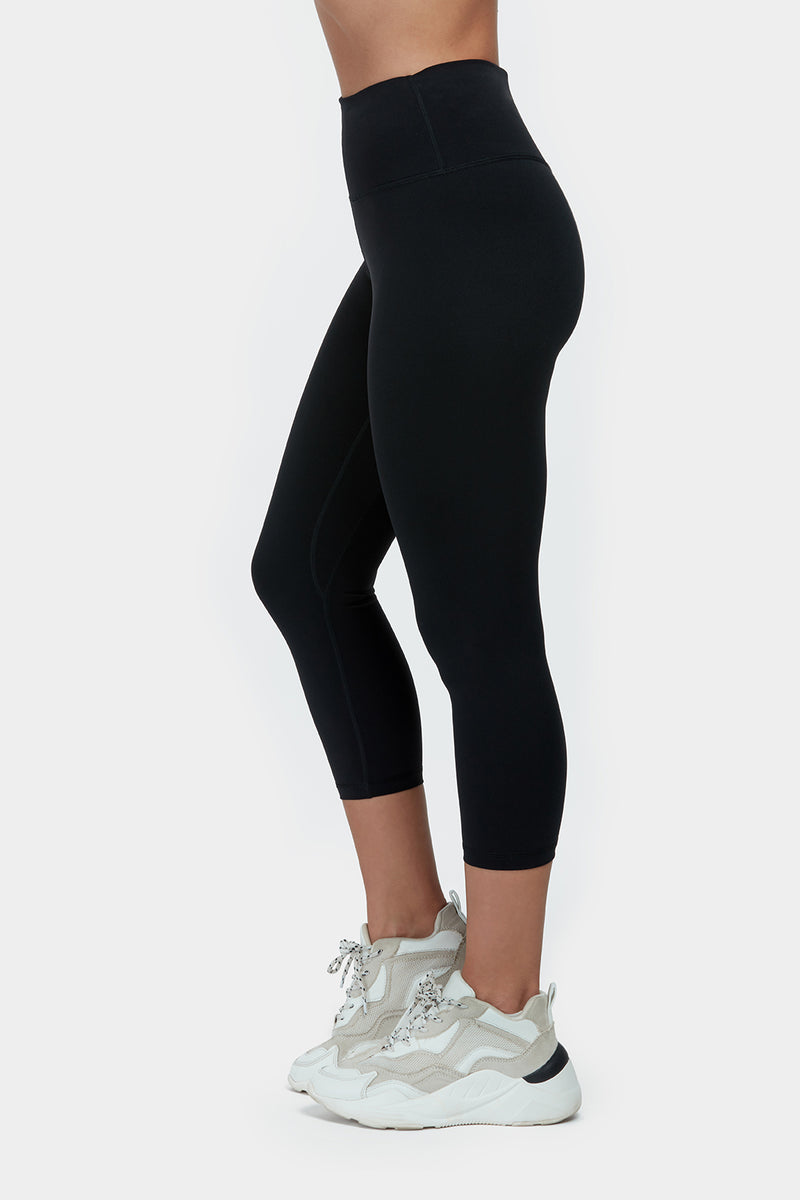The Fashion Industry and Water- all you need to know!

Water is the foundation of all life, and yet global supplies of fresh water are being used up at an alarming rate. The fashion industry relies heavily on water for its own survival. From the irrigation of cotton crops at one end of the supply chain to the domestic washing of clothes at the other, fashion is a thirsty business.
The fashion industry is the third largest user of water globally (after oil and paper). In a world in which around 2 billion people are already living in water-stressed areas, there’s an important role for fashion, fibre and textile manufacturing to play in minimising water use in the production of their garments.
How is water used within the fashion industry?
- To grow cotton
- To Wash Clothes
- To Process Leather
- To Dye Fabrics

The Facts
*In 2015 the fashion industry consumed 79 billion cubic meters of water- that's enough to fill 32 million Olympic size swimming pools!
* It takes 2,700 litres of water to make a cotton t-shirt. That's how much the average person drinks a year.
*The dyeing and finishing phase of textiles can require as much as 200 tonnes of water for every tonne of textiles produced.
*In China the worlds largest clothes exporter, nearly 1/3 of the countries rivers are classified as too polluted for any direct human contact
*Dyeing and treatment of garments makes up roughly 17-20% of all industrial water pollution
*Globally 80-90% of wastewater is returned to the environment untreated. Yet there is still no single global wastewater discharge regulation

What can we do?
Choose Organic Cotton
Conventional cotton requires a huge amount of water to grow. However, organic cotton uses 91% less ‘blue’ water (from groundwater and surface-water bodies, such as freshwater lakes and rivers) than conventional cotton making it a much more water-efficient choice.
Shop Mindfully
Opt for second hand shopping or do a clothes swap with friends and family.
Choose companies that use natural dyes
Wastewater is returned into the environment with devastating impact turning waters toxic with chemicals and colourings. Opt for more natural dyes when possible.
Wash your clothes less
We have got into the habit of wearing a garment for a few hours and then throwing it in the wash. Most of these items are not even dirty, if an item still looks (and smells!) ok hang it back in your wardrobe for another day! Make sure to use a microfiber bag to catch any micro plastics!
Find out where materials are sourced
Doing your research is important because you need to know where the textiles are made to establish how much of an impact its water-use is having. Natural fibres such as silk and cellulose consume a lot of water, but may be produced in a wet region, for example. The more you can learn about how and where materials are sourced, the more informed you can be on how sustainable they are.
